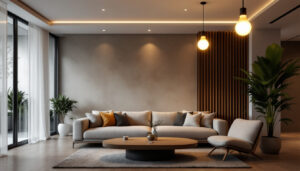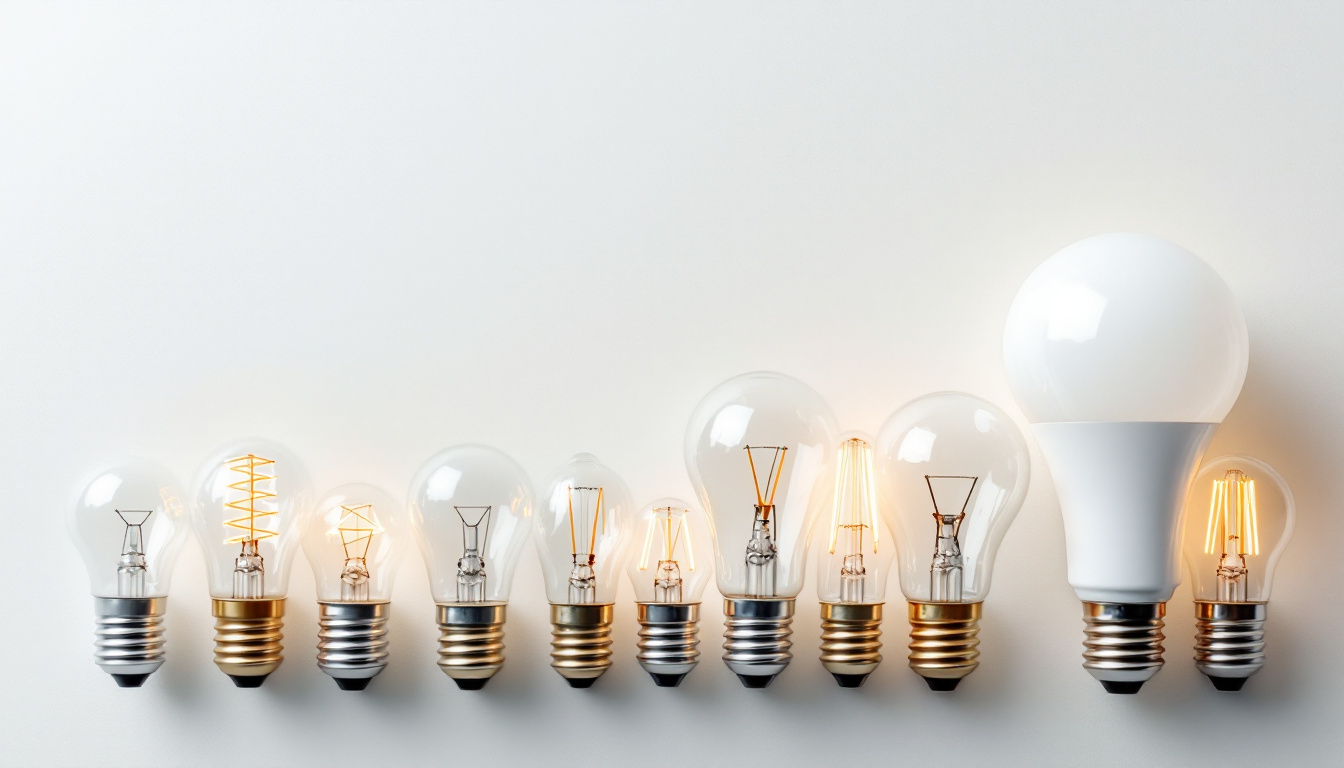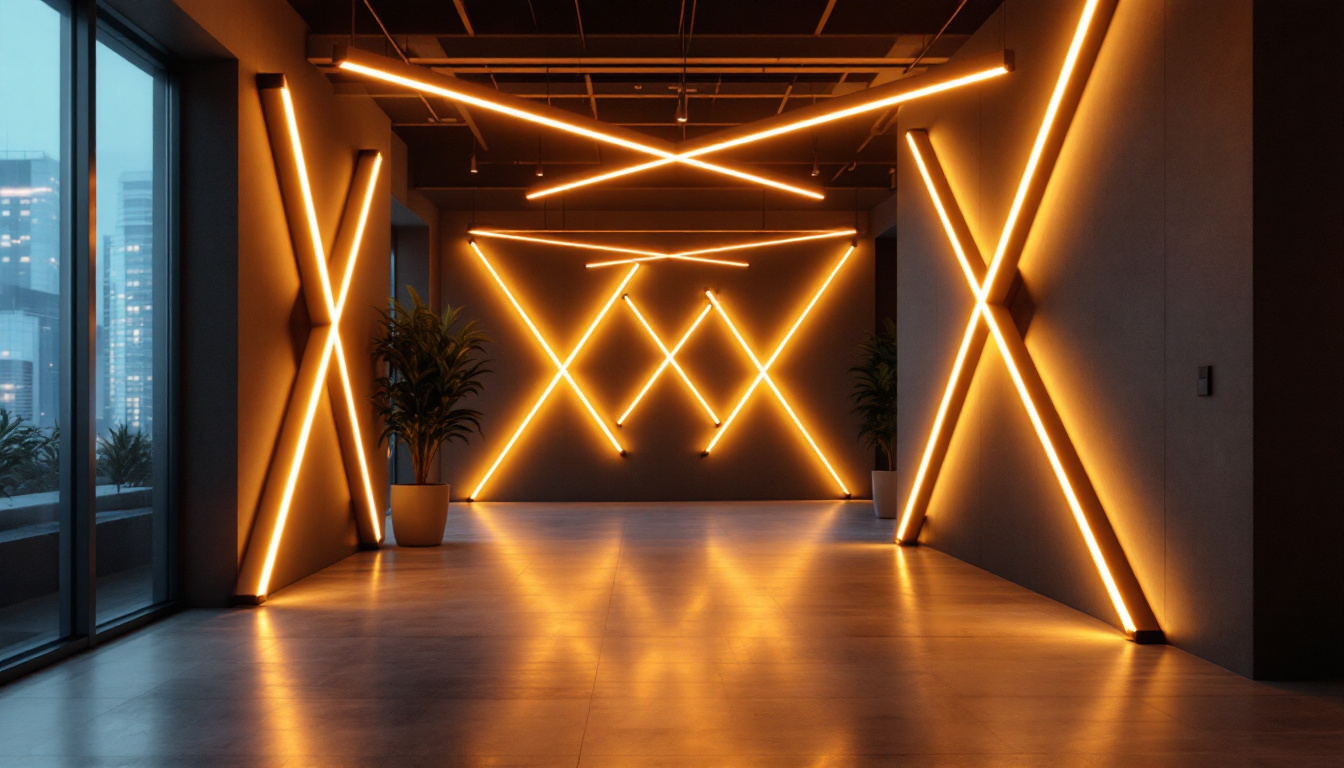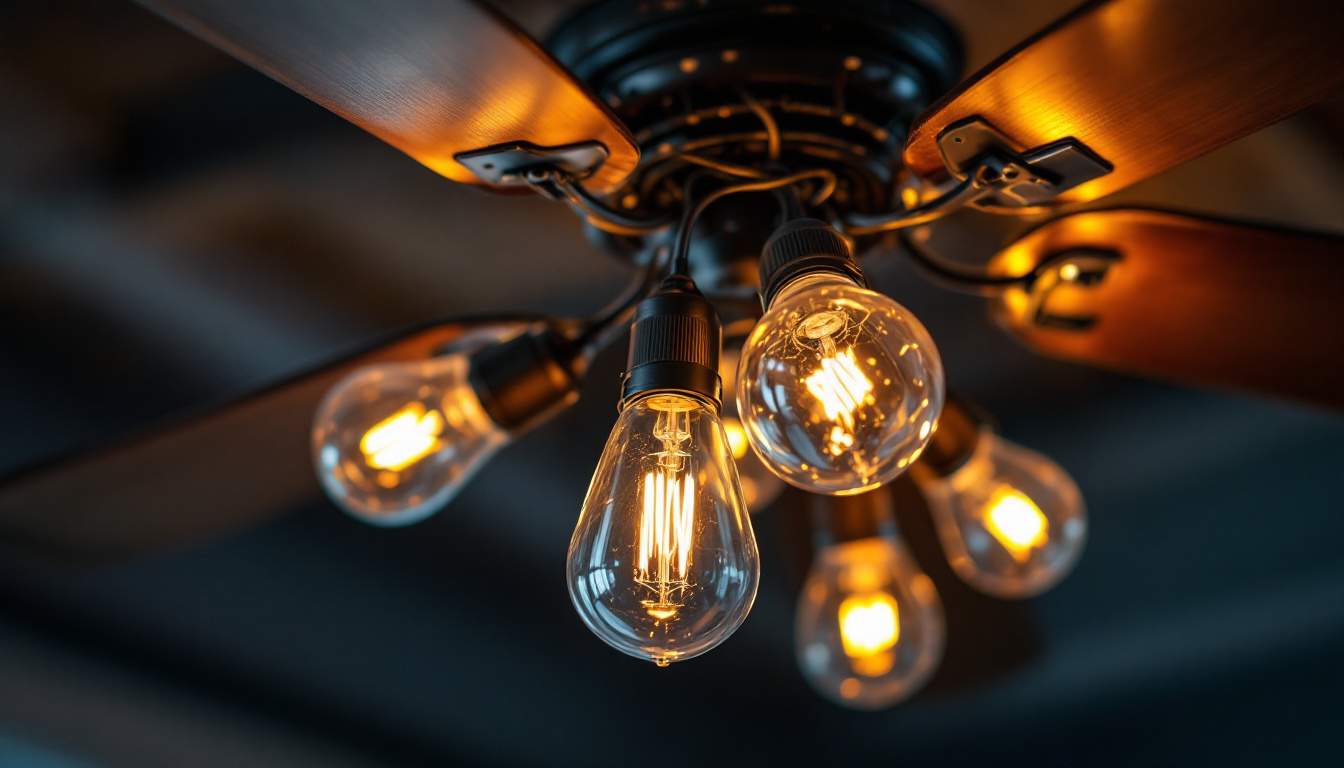

Lighting contractors are constantly seeking ways to enhance their service offerings and win more contracts. One often overlooked aspect of lighting design is the type of light bulb base used in fixtures. Understanding the various light bulb base types can not only improve the quality of installations but also increase customer satisfaction and open doors to new opportunities. This article delves into the different light bulb base types, their applications, and how they can influence your success in the lighting industry.
Light bulb bases are the components that connect the bulb to the electrical fixture. They come in various shapes and sizes, each designed for specific applications. Familiarity with these bases is crucial for lighting contractors, as it affects compatibility, performance, and energy efficiency.
Choosing the right light bulb base is essential for ensuring that fixtures operate effectively and safely. An incompatible base can lead to poor lighting performance, increased energy consumption, and even safety hazards. By understanding the different types of bases available, contractors can make informed decisions that enhance the overall quality of their lighting projects. Moreover, the right base can also influence the aesthetic appeal of a space, as different fixtures and bulbs can create varying atmospheres depending on their design and functionality.
There are several common light bulb base types that contractors should be familiar with. These include:
Understanding these bases and their applications can significantly enhance a contractor’s ability to meet client needs and preferences. Additionally, it’s important to consider the wattage and voltage ratings associated with each base type, as these can vary widely. For instance, while the Edison base is versatile and can accommodate a range of bulb types, some specialized bases like the G4 are designed for low-voltage applications, making them ideal for specific settings such as under-cabinet lighting or decorative fixtures. Furthermore, advancements in LED technology have introduced new base types, such as the E12 candelabra base, which is becoming increasingly popular for decorative lighting, adding both charm and energy efficiency to various environments.
Each light bulb base type has unique characteristics and applications. A deeper understanding of these specifics can help contractors tailor their offerings to better suit customer requirements.
The Edison screw base, particularly the E26 and E27 types, is the most common in North America. The E26 base is typically used in residential settings, while the E27 is more prevalent in commercial applications. This base type is known for its ease of use and versatility, accommodating a wide range of bulb types, including incandescent, LED, and CFL.
For contractors, the E26/E27 base offers a significant advantage due to its widespread acceptance and compatibility with various fixtures. This familiarity can lead to quicker installations and fewer compatibility issues, ultimately resulting in higher customer satisfaction. Moreover, the availability of a diverse array of bulbs in these bases allows contractors to provide tailored lighting solutions that meet specific client needs, from warm ambient lighting in homes to bright, efficient lighting in offices.
Additionally, the E26/E27 base is often favored for its aesthetic appeal, as it can be easily integrated into various fixture designs, from vintage-style pendant lights to sleek modern sconces. This versatility not only enhances the visual appeal of a space but also allows for creative lighting designs that can transform environments.
Bayonet bases, particularly the B22 type, are more common in Europe and other regions. This base features a twist-and-lock mechanism, providing a secure connection that can be advantageous in applications where vibrations or movement may occur.
Contractors working in international markets or with clients who prefer European fixtures should be well-versed in bayonet bases. Understanding their installation requirements and compatibility with different bulb types can set contractors apart from competitors who may not have this knowledge. Furthermore, the B22 base is often used in outdoor lighting applications, where the secure fit helps to prevent bulbs from loosening or falling out due to wind or movement.
In addition to their practical advantages, bayonet bases often come in stylish designs that appeal to design-conscious consumers. This can be particularly beneficial for contractors looking to provide high-end lighting solutions, as the aesthetic quality of the fixtures can significantly influence a client’s decision-making process.
The GU10 base is typically used in spotlight and recessed lighting applications. This base type features a two-pin design with a twist-lock mechanism, allowing for easy installation and replacement. GU10 bulbs are often found in LED and halogen varieties, making them a popular choice for energy-efficient lighting solutions.
For contractors, the GU10 base presents an opportunity to offer clients modern, energy-efficient lighting options. Familiarity with this base type can enhance a contractor’s ability to recommend suitable fixtures and bulbs that align with client preferences for aesthetics and energy savings. The GU10 base is particularly favored in commercial settings, such as retail spaces and galleries, where focused lighting is essential for highlighting products and artwork.
Moreover, the GU10 base supports a variety of beam angles, allowing contractors to customize lighting effects based on the specific needs of a space. This adaptability can be crucial in creating the right ambiance, whether it’s for a cozy restaurant or a vibrant showroom. As energy efficiency becomes increasingly important to consumers, the ability to provide GU10 lighting solutions can position contractors as knowledgeable and forward-thinking professionals in the industry.
As energy efficiency becomes increasingly important in the lighting industry, understanding light bulb bases can play a crucial role in promoting sustainable practices. Many modern bases are designed to accommodate energy-efficient bulbs, which can significantly reduce energy consumption and lower utility costs for clients.
LED technology has revolutionized the lighting industry, offering longer lifespans and lower energy consumption compared to traditional incandescent bulbs. However, not all LED bulbs are compatible with every base type. Contractors must ensure that the LED bulbs they recommend are suitable for the specific base type used in a project.
By promoting LED options that fit common bases like E26, E27, and GU10, contractors can help clients achieve their sustainability goals while also benefiting from the cost savings associated with energy-efficient lighting.
Educating clients about the benefits of energy-efficient lighting options can be a powerful selling point for contractors. By explaining how different base types support various bulb technologies, contractors can position themselves as knowledgeable professionals who prioritize client needs and environmental responsibility.
Providing information on potential energy savings, bulb longevity, and reduced maintenance can help clients make informed decisions, ultimately leading to higher satisfaction and increased referrals.
The lighting industry is constantly evolving, with new technologies and trends emerging regularly. Staying informed about these developments can help contractors remain competitive and meet the changing needs of their clients.
smart lighting technology is gaining traction in both residential and commercial markets. Many smart bulbs are designed to fit standard bases, such as E26 and GU10, allowing for easy integration into existing fixtures. These bulbs can be controlled via smartphone apps, voice commands, or smart home systems, offering convenience and flexibility for users.
Contractors who understand how to install and configure smart lighting solutions can differentiate themselves in the marketplace. By offering clients the latest in lighting technology, contractors can enhance their service offerings and attract a tech-savvy clientele.
Another trend gaining popularity is the emphasis on color temperature in lighting design. Different base types can accommodate bulbs with varying color temperatures, allowing contractors to create customized lighting solutions that enhance the ambiance of a space.
Understanding how different bases affect color temperature options can enable contractors to provide tailored recommendations that meet client preferences for warm, cool, or daylight-like lighting. This knowledge can lead to more successful projects and satisfied clients.
In the competitive landscape of the lighting industry, knowledge is power. By understanding the various light bulb base types and their applications, contractors can position themselves as experts in the field. This expertise can lead to increased trust from clients, ultimately resulting in more contracts and repeat business.
Establishing strong relationships with clients is key to winning more contracts. By demonstrating a deep understanding of light bulb bases and their implications for lighting design, contractors can build credibility and trust. Clients are more likely to return to contractors who provide valuable insights and recommendations tailored to their specific needs.
Additionally, offering ongoing support and education about lighting options can further strengthen these relationships. Clients appreciate contractors who are willing to share their knowledge and help them make informed decisions.
In today’s digital age, having a strong online presence is crucial for attracting new clients. Contractors can leverage their knowledge of light bulb bases and other lighting technologies to create informative content for their websites and social media platforms. Blog posts, videos, and infographics can showcase expertise and engage potential clients.
By positioning themselves as thought leaders in the lighting industry, contractors can enhance their visibility and attract more business opportunities. This approach not only helps in winning contracts but also fosters a sense of community among clients and industry peers.
Understanding light bulb base types is a vital aspect of being a successful lighting contractor. By familiarizing oneself with the various bases, their applications, and the latest trends in lighting technology, contractors can enhance their service offerings and win more contracts.
As the industry continues to evolve, staying informed and adapting to new technologies will be essential. By prioritizing client education and building strong relationships, contractors can position themselves for long-term success in the competitive lighting market.
Ultimately, knowledge of light bulb bases is not just a technical detail; it is a key component of delivering exceptional lighting solutions that meet the diverse needs of clients. Embracing this knowledge can lead to greater opportunities and a brighter future in the lighting industry.
Ready to elevate your lighting game and outshine the competition? At LumenWholesale, we provide you with the essential tools to succeed. Our extensive range of spec-grade lighting products ensures you have access to the best selection for any project, all at unbeatable wholesale prices. Say goodbye to middleman markups and hello to premium quality, affordability, and convenience. Plus, with free shipping on bulk orders, you can stock up on superior lighting solutions without the worry of hidden fees. Don’t compromise on quality or value—choose LumenWholesale for Wholesale Lighting at the Best Value and light the way to more successful contracts.

Discover the transformative potential of X-shaped linear lights in architecture.

Discover how high bay LED lights are revolutionizing the lighting industry, offering energy efficiency, enhanced illumination, and cost savings for contractors.

Discover the essential components of ceiling fan lights and why they are crucial for every lighting contractor.

Discover essential strategies to sidestep common pitfalls in lighting projects with our comprehensive guide on light manufacturing.
Get notified when NEW deals are released.
Optimize your budget with wholesale discounts.
Only top-quality, specification-grade lighting products.
No additional costs at checkout - what you see is what you pay.
We understand the unique needs of contractors.